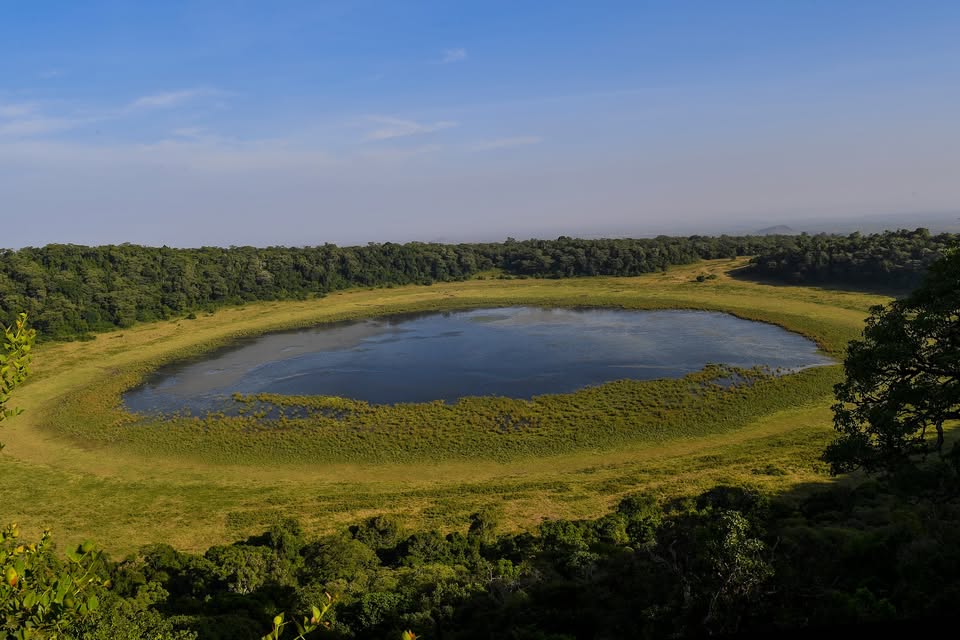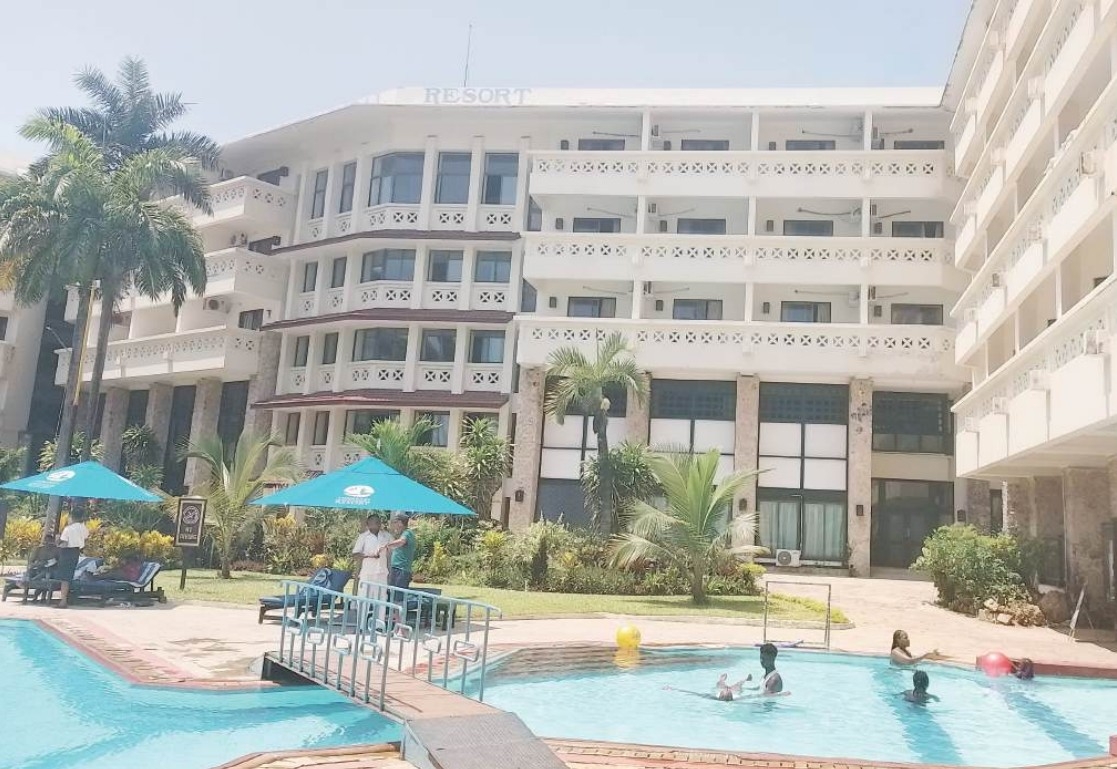

Nestled in the heart of northern Kenya’s arid landscape, Marsabit National Park rises like a green mirage.
It is a mountain of mist and mystery, dense montane forest, crater lakes, and the haunting echoes of song from traditional wells.
For those seeking solace, connection with nature, or a walk through cultural memory, this park offers more than just breathtaking views. It offers meaning.
The Kenya Wildlife Service (KWS) describes Marsabit as “a mountainous, misty yet effortlessly breathtaking” destination that stands apart from the usual safari experience.
Towering above the desert plains, the forested mountain is not just a geological marvel; it’s the only source of permanent surface water in the region, giving life to birds, mammals, reptiles, and the communities that have lived around it for generations.
The park's crowning jewel is its role as a sanctuary for some of Africa’s most majestic elephants.
Most famous among them is Ahmed, a legendary tusker who lived here until his death at the age of 63.
He became a national icon, so revered that the Kenyan government once assigned armed guards to protect him.
Today, his legacy lives on through a life-size model that greets visitors at the National Museum of Kenya in Nairobi.
But Marsabit's charm extends far beyond elephants. Dotting the park are extinct volcanic craters known as “gofs,” each carrying a story and a view that stirs the soul.
Gof Bongole, the largest, stretches across a 10-kilometre rim. Gof Sokorte Guda forms a natural amphitheater whose 150-meter-high caldera cradles Lake Paradise, a water body so still and serene it lives up to its name. Around these crater lakes, life thrives—birds flash their plumage, insects hum in harmony, and the air feels almost sacred.
Originally covering parts of Shaba, Samburu, Buffalo Springs and the Losai National Reserve, Marsabit was once a vast nomadic rangeland. It belonged to the Rendille herdsmen, who named it "Mountain of Cold." Today, its designation as a national reserve helps conserve not just the biodiversity but also the heritage of communities that have long depended on the land.
“A visit to Marsabit is not just a getaway—it’s a healing,” KWS says. “Sometimes the only therapy the human mind, body, and soul craves is the simple yet magically refreshing moments in the quietude of space and time.”
That therapy comes in many forms. It may be the sight of a flower blooming beside a trail, the stillness of a butterfly pausing on dew-soaked petals, or the quiet grandeur of an elephant pool at dusk.
For many visitors, the true magic lies in the stillness, a chance to sit in pin-drop silence, broken only by chirping birds or the distant trumpet of elephants.
Yet Marsabit is not only about nature. The Marsabit Cultural Museum and Information Center stands as a tribute to the region’s human story. Here, visitors learn about over ten communities that call Marsabit home.
From pastoralists like the Borana, Rendille, and Turkana to agro-pastoralists and blacksmiths such as the Burji, Waata, and Saakuye, each group brings a thread to the region’s vibrant cultural tapestry.
The museum preserves tools, regalia, and traditions of the people, while also showcasing photographs of wildlife and landscapes donated by conservationists. It’s a space where culture meets conservation, and memory is kept alive through song, image, and story.
Perhaps the most moving experience for any traveller is the visit to the singing wells. Here, herdsmen fetch water for their animals and break into rhythmic songs as they work. Their voices echo across the landscape, a living harmony of tradition, survival, and joy.
KWS invites visitors to explore the park through bird watching, hikes under the forest canopy, camel rides, camping, and bush trekking. “It’s a place where the thrill of the wild meets the whisper of the past,” they say.
Marsabit National Park is more than a destination. It is a journey into nature, culture, and oneself.


















